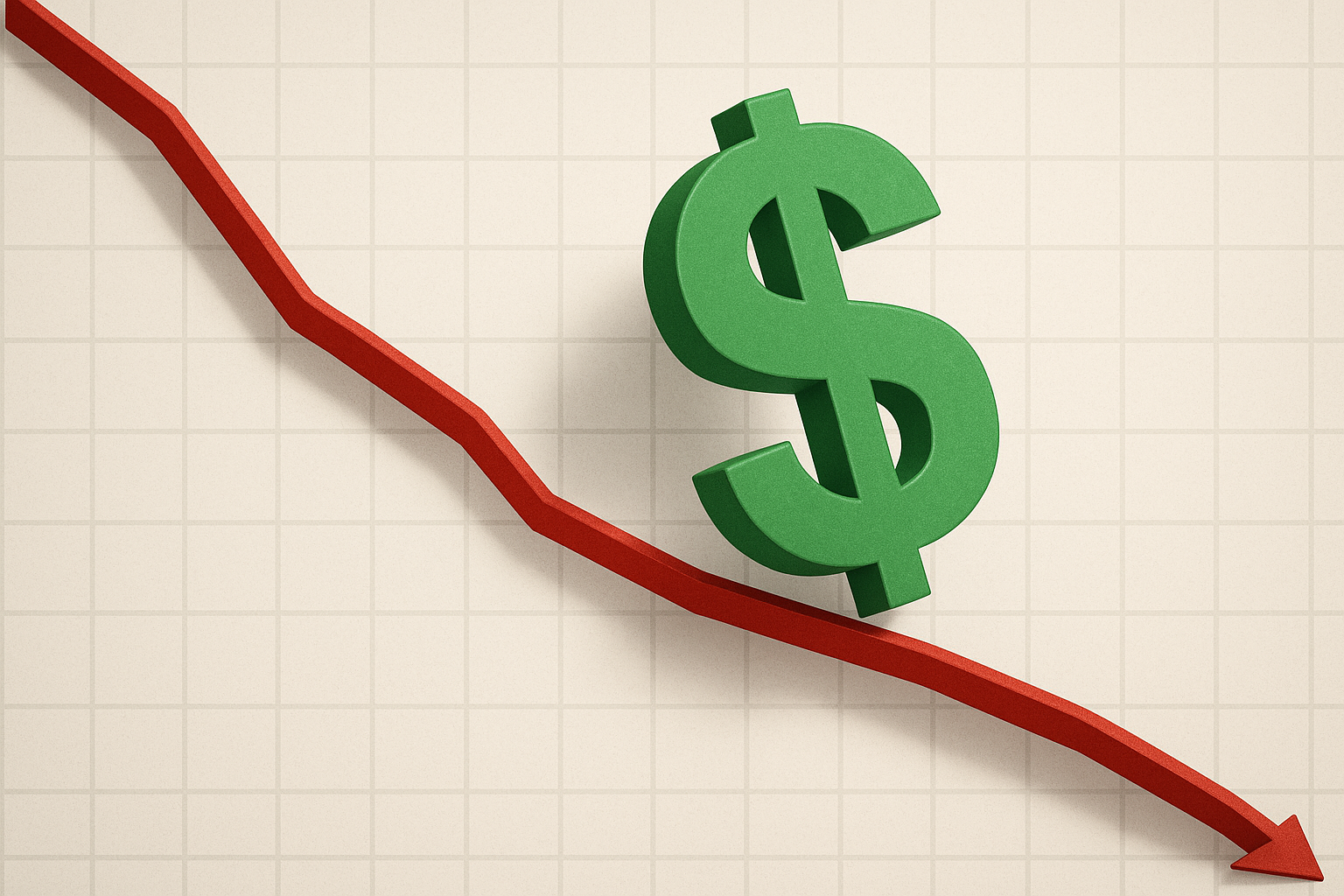The greenback's getting pummeled, and HSBC thinks we might be reaching peak pessimism. In their latest research note, the bank's currency strategists have coined the current dollar selling spree an "anti-bubble" – essentially suggesting that sentiment has swung so far in one direction that a reversal might be brewing.
After watching the dollar slide about 8% this year, they're making the classic contrarian argument: when everybody's huddled on one side of the trade, it might be time to wander over to the emptier side.
The psychology behind the dollar's decline is fascinating stuff. What started as a perfectly reasonable adjustment based on shrinking interest rate gaps has morphed into something that feels more emotional – almost like a wholesale rejection of the currency. Market narratives have escalated dramatically from "the dollar's overvalued" to "the dollar's in structural decline." That's quite the leap.
Here's the thing about market extremes – they often signal turning points. When you can't find a single dollar bull at a currency conference (and believe me, I've been to my share where one view dominates completely), that's precisely when you should question whether the consensus has overshot.
HSBC points to something particularly interesting: the disconnect between the dollar and U.S. yields. These two typically maintain a fairly stable relationship over time. Their recent divergence? Probably temporary. If the historical relationship reasserts itself – as fundamentals suggest it should – we could see a meaningful bounce.
None of this means the dollar's structural problems have vanished overnight. America's twin deficits remain problematic, and all that de-dollarization chatter, while often exaggerated, reflects real shifts in the global economic order. But markets rarely travel in straight lines for long.
The selling pressure might be approaching exhaustion. Look at what's already priced in – a significant Fed easing cycle leaves limited room for additional dollar-negative surprises on the monetary front.
(I've noticed some traders I regularly speak with starting to quietly reduce their anti-dollar positions – not because they've suddenly turned bullish, but out of that age-old trader wisdom that when everyone's telling the same story, it's time to consider alternatives.)
The anti-bubble thesis isn't about calling for a massive dollar rally. It's simply recognizing that after such a one-sided move, we typically see at least a correction before any further decline. Mean reversion remains one of the most reliable forces in markets – right up there with gravity and traders' remarkable ability to rewrite history about what they "always saw coming."
While the greenback might indeed face longer-term structural headwinds, HSBC's contrarian take deserves serious consideration if you're positioning for the next few months. Sometimes the most profitable trade is simply leaning against extreme consensus when it appears most unthinkable to do so.
